The Impact of Page Speed on User Experience
Page speed plays a pivotal role in user experience. Think about it: how often have you abandoned a website because it took too long to load? Users expect websites to load quickly, and if they don’t, they’re likely to leave, increasing your site’s bounce rate.
Fast-loading websites, on the other hand, provide a seamless and enjoyable experience. Users are more likely to engage with your content, stay longer on your site, and interact with your calls to action. This positive user experience not only leads to higher conversions but also contributes to lower bounce rates, which is a favorable signal to search engines.
Page Speed’s Impact on Search Engine Rankings
Google and other search engines prioritize user experience, and page speed is a significant component of that. Search engines want to deliver the best results to users, and slow-loading websites don’t align with this goal. As a result, page speed directly influences your search engine rankings.
Google’s algorithm takes into account various factors, and page speed is part of its assessment. Websites that load faster are more likely to rank higher, especially when other factors are similar. This means that improving your page speed can give you a competitive edge in the search results, leading to more organic traffic and better visibility.
Strategies to Optimize Page Speed
Now that we understand the importance of page speed, let’s explore strategies to optimize it:
1. Minimize HTTP Requests
Reduce the number of elements on your webpage that require separate HTTP requests. This includes minimizing scripts, stylesheets, and images.
2. Optimize Images
Compress and properly format images to reduce their file size without sacrificing quality. Use modern image formats like WebP to deliver smaller images to supported browsers.
3. Utilize Browser Caching
Enable browser caching to store static resources on a user’s device, reducing the need to download them on subsequent visits.
4. Minify CSS and JavaScript
Remove unnecessary characters and whitespace from your CSS and JavaScript files to reduce their size. This helps improve loading speed.
5. Enable GZIP Compression
GZIP compression reduces the size of HTML, CSS, and JavaScript files before they’re sent to the browser, speeding up page load times.
6. Opt for a Content Delivery Network (CDN)
A CDN distributes your website’s content across servers in various geographic locations. This reduces latency and ensures faster content delivery to users worldwide.
Summary
Page speed is no longer a mere technical consideration; it’s a critical aspect of both user experience and SEO. A fast-loading website enhances user engagement, reduces bounce rates, and positively influences search engine rankings. By implementing strategies to optimize page speed, you can create a website that not only performs well but also delights users and search engines alike.



